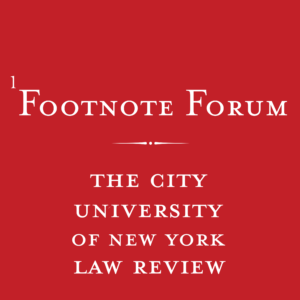Recommended Citation: Osha Oneeka Daya Brown, Lee Doane, Sterling Fleming, Hakim Trent, Jeremy Valerio, &and Outside Organizers with No New Jails NYC, $11 Billion for What?! Incarcerated Organizers with No New Jails NYC Explain How to Shut Down Rikers
Click here to view a pdf version of this article
Osha Oneeka Daya Brown, Lee Doane, Sterling Fleming, Hakim Trent, Jeremy Valerio, and Outside Organizers with No New Jails NYC†
The Social Studies class didn’t teach me shits your Honor
We was shooting dice at third period
WE WAS in the bathrooms getting nice smoking
blunts at third period
My principal was a drug dealer
My teachers was drug feelers
My projects was an institution that prep me for
THE Metal fence institution
We went to jail to have family reunions
This is deeper then confusion
No computers, No cellphones
The history class didn’t teach me the truth about
myself I’m actually more valuable than what you
considered to be wealth
The system treated me like a gun used me and placed
back on the shelf the science class didn’t teach
me about health
I’m dominant
We need COOPERATIVE ECONOMICS to reach our
Accomplishments
– Hakim Trent-El

